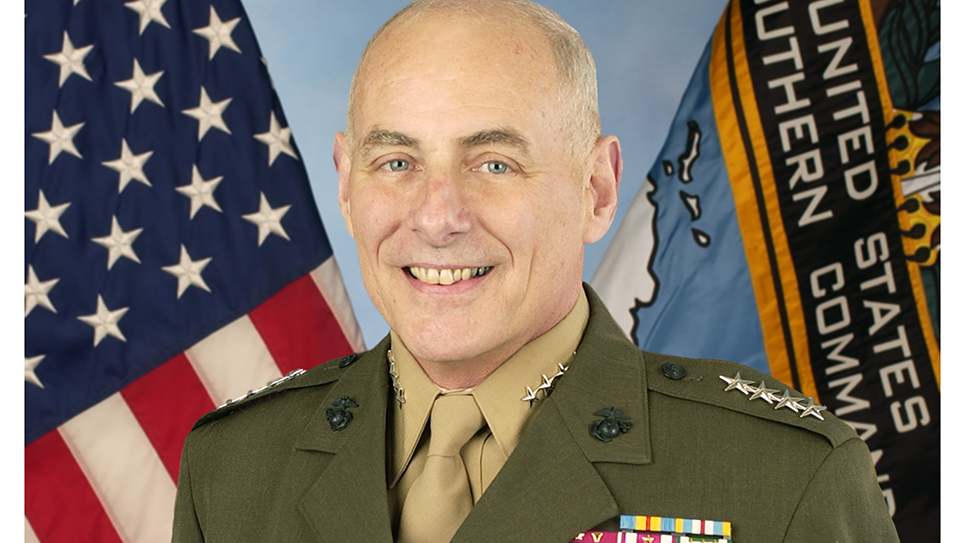In his State of the Schools speech last month, Dr. McIntyre announced seven “community conversations” to address his key initiatives. Tucked in the middle of the list was “explore a balanced calendar.”
Dr. McIntyre has used every opportunity, including the recent “Snowmageddon,” to promote this initiative. However, the snowstorm did give some Knox area parents and teachers an opportunity to weigh in on the various merits and downsides of a change in the current calendar to… something different.
Erin Barberee probably had no idea her post on the SPEAK Facebook page would generate the number of comments it did. She simply asked for “…where people stand with regards to the Balanced Calendar discussions that are starting…”
If you haven’t heard anything about this, either you don’t have kids in Knox County Schools, or your principal has yet to “facilitate a school community conversation” as directed by the administration.
Even if you don’t have kids in Knox County schools, this is an important discussion for the entire community, and should involve at least a year of dialogue, not just a few community meetings.
There are two general versions of “balanced calendar,” both revolving around four 9-week quarters. In the 9/2 calendar, the nine weeks are separated by a 2 week fall break, a 2 week Christmas break, and a 2 week Spring break. Summer vacation is shortened by 2-3 weeks.
The 9/3 calendar is more extreme, with three week breaks between quarters. Summer vacation is shortened considerably, to 5 or 6 weeks. Very few districts use the 9/3 system except in cases to stagger students where there is overcrowding. This is the classic “year round school,” which had almost zero support on SPEAK. It is also the model that Dr. McIntyre usually mentions when talking about “balanced calendar.”
According to Mike Knapp, the balanced calendar proposal in Knox County is in large part the result of work by administrators and staff at Fulton and Austin East a few years ago. “Their balanced calendar proposal arose out of the desire for increased contact time with low achieving students during the school year.” He adds that there was a high level of support within those communities for this concept.
Overwhelmingly, teachers and parents who weighed in on SPEAK said that “more breaks” would be welcome, but as Karen Latus said, “I’m on the fence about how far to take that.” Most agree that in today’s educational culture of high stakes testing, both teachers and students are experiencing burnout. Knapp said that not only are there more demands on teachers today, but they too often lose what little plan time they have.
Judy Tharpe said “I understand everyone needing a “brain break” every so often because we are pushing our youngest kids to the point that they are mentally exhausted. Why not spend the time to look at making the curriculum more developmentally appropriate instead?”
Megan Morris’ family recently moved to Knoxville from middle Tennessee. Her children experienced a 9/2 calendar up to 2nd and 5th grade, then KCS’s traditional calendar for 3rd and 6th grade. She said both systems have pros and cons, but she really misses the fall break.
Sandra Valukas, said she doesn’t want it to change, but “if we want to start a few days earlier to get a full week for fall break that’s fine.” Leslie Kurtz said her family “leads a flexible life, so we lean towards 9/2. However, I really just want fall break back!”
For many, how the break is structured makes a difference. In either of the above calendars, schools could offer ‘intervention’ for students needing additional instruction, or ‘enrichment’ for those who don’t. Jules Johnson, parent of a child with dyslexia said, “I really dislike hearing my kid may not get a much needed break during these ‘breaks’…Their brain works 5X harder to read, so they really need a break. Chelsea Gillis also has a child with dyslexia, and asks of the intervention, “Is it Orton Gillingham based? Summer provides a time for her to have proper OG instruction and learn how she learns best. It also gives her a chance to dance… For some, things like dance are “extra” but for her it is necessary.
Some teachers desire more break time during the year, even if it means losing part of their summer vacation. Judy Fugate said, “My family is looking forward to vacationing during other seasons besides summer. I’m looking forward to having the time away from school dispersed throughout the year more evenly as I’m always ready to go back to work half way through summer break.”
Other teachers are hesitant to see their summer break dispersed throughout the school year, as they rely on summer jobs to supplement their income. Lauren Hopson points out, “This is also an issue for our students as well. There are families who depend on their teenager’s income to make ends meet.”
Morris, who plans for her children to work a summer job to get experience before they are working and living on their own said, “Developmentally speaking, taking summer jobs away from teenagers is a terrible idea. A 9/3 calendar would make a summer job experience very hard to accomplish… it wouldn’t be worth it for employers to hire them.”
One argument for balanced calendar is the lack of retention from one year to the next due to a long summer vacation. Morris said she didn’t find her kids had a decrease in retention over the summer with the traditional KCS calendar versus the 9/2 calendar. Fugate said in her experience, kids with parents who are life-long learners and purposefully engage in educational conversations, don’t lose content. She adds, “I don’t know that reducing the break time during summer will help students who do ‘lose’ content.”
Longer breaks could even hurt some students. Band instructor Steven Rogers said he is “vehemently opposed” to balanced calendar, explaining, “Data are inconclusive about results in standardized testing, but we know it makes arts programs suffer when kids aren’t singing together, performing together, or touching the instrument every day. He said, “9/2 or 9/3 both kill arts programs.”
But from an enrichment perspective, longer breaks could be used to give kids a chance for instruction in the arts they wouldn’t get otherwise. Hopson said, “My struggling kids are often the most creative and would benefit more from that than continued drill in the same way that hasn’t helped them before. Florence Fillers, a foreign language teacher adds, “World language is part of building the whole child, just like music and art.”
Another concern raised is childcare for extended breaks. While families may need less childcare over the summer, there are still those 2 to 3 week breaks in the fall and spring. But Fillers said that “after school care would provide full time daycare during breaks for working parents just like they do in other countries on a balanced calendar.
Susan Jones said fifteen years ago, Orange County Public Schools (FL) experimented with different year-round schedules. The local YMCA handled after school care on site, and planned special activities to supplement their regular program during intercessions. She also said that when the entire system returned to a traditional calendar, it included a week long fall break.
Today, compared to 15 years ago, standardized test scores have become much more significant, and children suffering from poverty have become more numerous. Morris said, “I hope that the issues brought about by the topic of changing to a balanced calendar will force the community to really examine and talk about high stakes testing…Making reforms or changing the calendar based on standardized test scores is misguided. Changing calendars to enrich the lives of kids suffering from poverty is a whole other ball game.”
Gloria Johnson said, “If they turned all our struggling schools into Community Schools, we wouldn’t have to have this conversation. Judy Tharpe adds, “And if the curriculum was developmentally appropriate they wouldn’t have as many ‘struggling schools.’”
One thing that received little discussion was cost. Any change that leads to more school days (whether for intervention, enrichment, or instruction) is going to cost more. Metro Nashville tried for several years to approve a 9/2 calendar, but finally settled on a modified 9/2 (1 week fall break, 2 weeks for Christmas and spring) because they found that by moving the start of school from July 25 to the first of August, the district saved $20M. No figures were available for how much the modified 9/2 plan cost over the traditional schedule.
Elizabeth Brown, a homeschool parent, asked, “Who will pick up the tab for the low income students meals, daycare, and what additional cost will that be to the system?”
There was a lot of discussion about GKAISA summer league swimming, but Morris summed it up by saying, “The issue isn’t ‘what are we going to do with summer swim team?’ It’s please let us keep those eight weeks of summer to let our kids develop muscles, stamina and allow them to focus on a goal that has nothing to do with a teacher or a mom or dad, but is completely theirs. Because this is an essential part of growing up that is missing from any ‘enrichment program’ schools are offering.”






